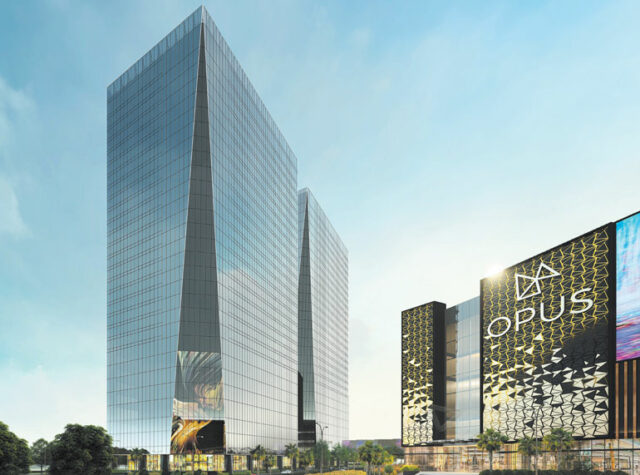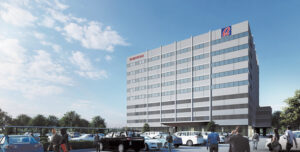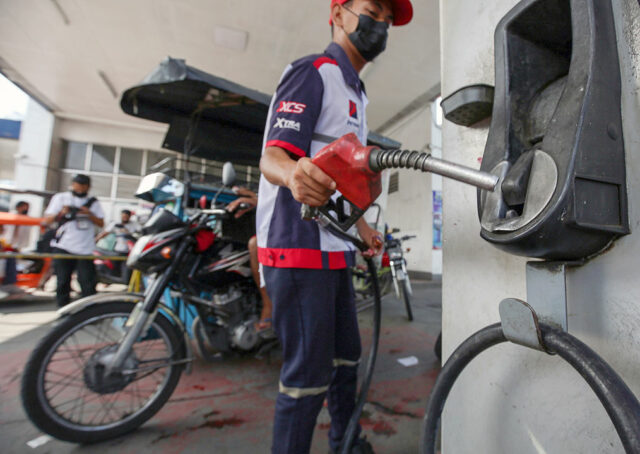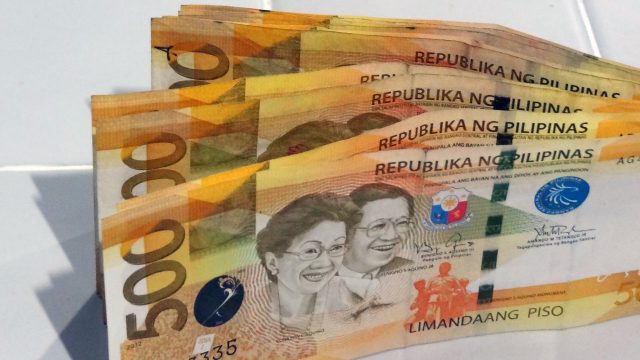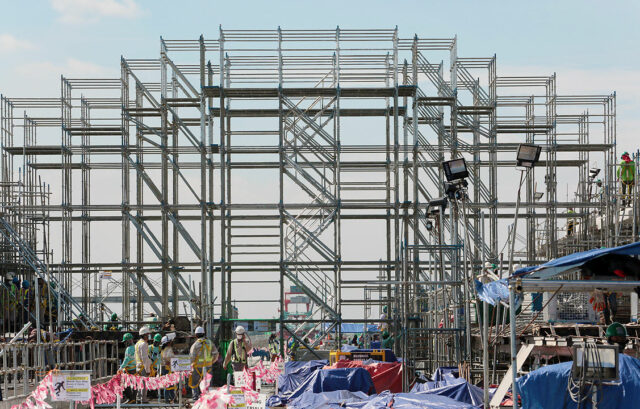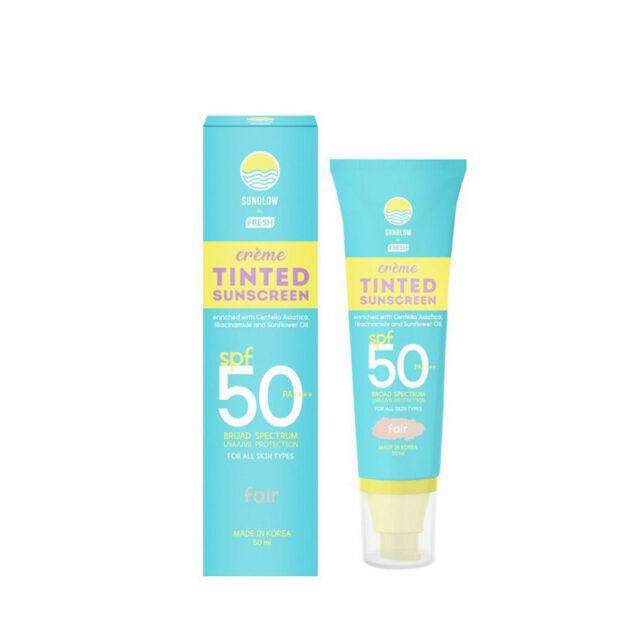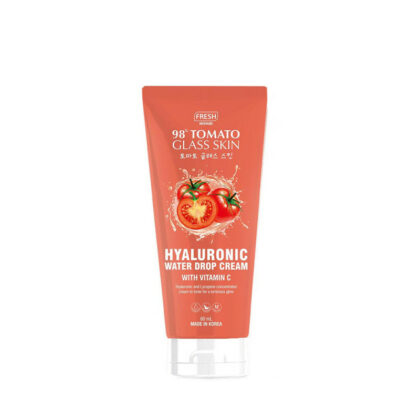By Zsarlene B. Chua
SKINCARE has always been a very important part of my daily routine because I believe that feeling beautiful starts with feeling good about yourself. Yes, I’m a believer of the good ‘ol “skincare is self-care” adage.
I’m also a sucker for all the trending skincare products and routines — from the 10-step Korean skincare routine, to the daily facial mask routine and layering on so many toners, hyaluronic everything, to name a few.
But as I continued on my skincare journey, I realized that I needed to craft a routine that would not only suit my skin but also take into consideration the amount of time and money I’m willing to spend on my products.
I became more purposeful in my skincare choices by trying newer, more affordable brands. This led me to gravitate towards local skincare brands which — in my opinion — are having a moment right now by putting out amazing products at amazing prices.
If you’re on the hunt for affordable and local skincare finds, here are some of my favorites:
(NOTE: My skin is currently dry-to-normal.)
SUNGLOW BY FRESH CREME TINTED SUNSCREEN SPF 50 PA+++ FAIR (P329/50ML)
Fresh PH is a local skincare brand that offers “Korean-value skin and personal care products that are affordable yet high quality.” It is not to be confused with the Fresh beauty brand under LVMH.
The brand, according to its website, believes that “looking your best is achievable without having to spend on high value treatments,” something I wholeheartedly agree with. It’s no wonder why Fresh PH is one of my favorite brands right now.
One of the products that has become a staple in my routine is their Sunglow Tinted Sunscreen. I’ve always been a fan of multi-purpose skincare products — especially those that can simplify my makeup routine — that’s why I’ve always used tinted sunscreen in place of foundation or BB creams.
Tinted sunscreens are great if you need light-to-medium coverage or if you’re going for that “clean girl” or no-makeup-makeup aesthetic.
The Sunglow Tinted Sunscreen offers SPF50 PA+++which means it offers broad spectrum protection against the UVA rays that cause skin aging and the UVB rays that cause sunburn. The product also contains Centella Asiatica (which has great anti-inflammatory and hydrating properties), Niacinamide (also anti-inflammatory), and sunflower oil (which has anti-aging and anti-inflammatory properties), making it perfect for people who have sensitive or acne-prone skin.
At only P329 per 50ml squeeze bottle, it’s a great price for all the benefits it offers. It also comes in three shades: Fair, Medium, and Deep. The texture is smooth, though because my skin tends to be a bit dry, I need to mix in a bit of moisturizer to make it glide on better. I think this texture is perfect for people with oily or combination skin though. A little pump goes a long way for coverage, but since I use this as my main sunscreen, I do two pumps for my entire face and let it set for a bit before putting on my makeup.
While I still have a special place in my heart for the Belo Sunexpert Perfecting Shield Tinted Sunscreen, this Sunglow sunscreen is currently the main character of my skincare drawer.
Sunglow by Fresh Creme Tinted Sunscreen is available on Fresh.ph, Lazada, Shopee, and Watsons stores.
FRESH SKINLAB TOMATO GLASS SKIN HYALURONIC WATERDROP CREAM (P239/80ML)
As a dry-to-normal skin girl, moisturizer is something I always have to have in my life. While there are a ton of options out there, I do tend to have very specific requirements for my moisturizers. In the mornings, I prefer lighter moisturizers that will layer underneath makeup, while at night, I prefer heavier moisturizers that will keep my skin moisturized until I wake up.
One of my most recent finds is the Fresh Skinlab Tomato Glass Skin Hyaluronic Waterdrop Cream that I bought on a whim because we were leaving for Boracay the next day and I had run out of my travel-sized Hada Labo moisturizer.
And I loved it. It has that super light “water” texture that sinks into the skin upon application (great for oily to combo people!) but still keeps the skin moisturized all day. Since it has tomato extract, it has anti-aging properties while promising that dewy, juicy glow. It also has Ethylhexyl Methoxycinnamate, a sunscreen agent (though please still use sunscreen!), Hyaluronic Acid (to hydrate the skin), arbutin and Vitamin C (for lightening dark spots).
I put a layer on after my serum in the morning and I add a little bit more to my tinted sunscreen to make it apply smoothly. If you’re looking for a lightweight moisturizer, this is a product you should consider.
Fresh Skinlab Tomato Glass Skin Hyaluronic Waterdrop Cream is available on Fresh.ph, Lazada, Shopee, and Watsons stores.
HUMAN HEART NATURE SUNFLOWER EYE CREAM (P325/15ML)
Human Heart Nature (or Human Nature) is a Filipino vegan and cruelty-free personal, home, and beauty care brand known for using sunflower oil and all natural ingredients in their products.
In the past, I’ve loved their moisturizers and their Sunflower beauty oil still remains one of the top beauty oils I use for my face, hair, and all over my body. Sunflower oil has great anti-inflammatory properties alongside combatting dark spots and moisturizing the skin. This is why I’m happy to have discovered the Sunflower Eye Cream.
Eye creams are one of those types of skincare products that I consider add-ons: they’re not super important like moisturizers and sunscreens and you can certainly live without it, but if you want a little something for your eyes, it’s a product to consider adding to your routine.
I haven’t always used eye creams but now that I’m entering my late-20s, I felt that it was time to step up my anti-aging game and eye creams is one way to do it. The Human Heart Nature Eye Cream promises to improve suppleness and helps relax tired puffy eyes — something you’ll need if you’re like me and prone to staying up late.
I use this in the morning and at night after moisturizing, and a very small dot does more than enough for both eyes so the 15ml squeeze bottle goes a long, long way (I’ve been using mine for more than two months). I love this product because it does moisturize my undereye area and softens my dark circles, plus, it has this very smooth texture that makes it easy to apply.
Human Heart Nature Sunflower Eye Cream is available on HumanHeartNature.com, Lazada, Shopee, and physical stores nationwide.
HUMAN HEART NATURE NATURAL SHAMPOO BAR ZESTY VANILLA DELIGHT (P144.75/35G)
I’m currently on a journey to take better care of my hair and to address issues like hair fall and frizz. I have thin wavy hair that tends to be oily up top and dry at the bottom. I’ve tried the trendy methods like skipping shampoo altogether and using conditioner only, to no avail. It just gives me dandruff and more hair falls. No, thank you, I’ll keep shampooing every day.
So, instead of the no-poo (no shampoo) method, I decided to look for other shampoo brands and that’s what led me to the Human Heart Nature Natural Shampoo Bar. This shampoo bar is not only environmentally friendly as it is plastic-bottle free and contains no harmful chemicals, it also contains nice ingredients like Cocoa seed butter, Vitamin E, and Avocado oil that keeps the hair healthy and smooth.
I was new to this shampoo bar game and it took me a little bit of time to get used to it, but once I got the hang of it, I started to really enjoy the product. Like regular soap bars, you’ll need to wet the shampoo bar and lather it on your hands before applying it to your scalp. As a person with an oily scalp, I only put shampoo on my scalp and condition my mid-length and ends.
The Human Heart Nature shampoo bar is great because it keeps my hair soft, even without conditioner, and the Zesty Vanilla Delight variant smells amazing — it has that refreshing citrusy-vanilla scent. I love smelling my hair with this product. It also keeps major oiliness at bay, so it’s a major plus.
One thing I had to learn to do was to keep it in a dry place to make it last longer. In my first forays, my shampoo bar melted too fast, but now I put it in its very own case and keep it away from water after using it — I’m on my second month of use now.
I also feel good about making better choices for the environment because using a shampoo bar means one less plastic bottle.
Human Heart Nature Natural Shampoo Bar Zesty Vanilla Delight is available on HumanHeartNature.com, Lazada, Shopee, and physical stores nationwide.
Zsarlene Chua is a former BusinessWorld reporter who is now a fledgling PR girl. She’s all about skincare, makeup, and video games. None of the brands reviewed are her clients.



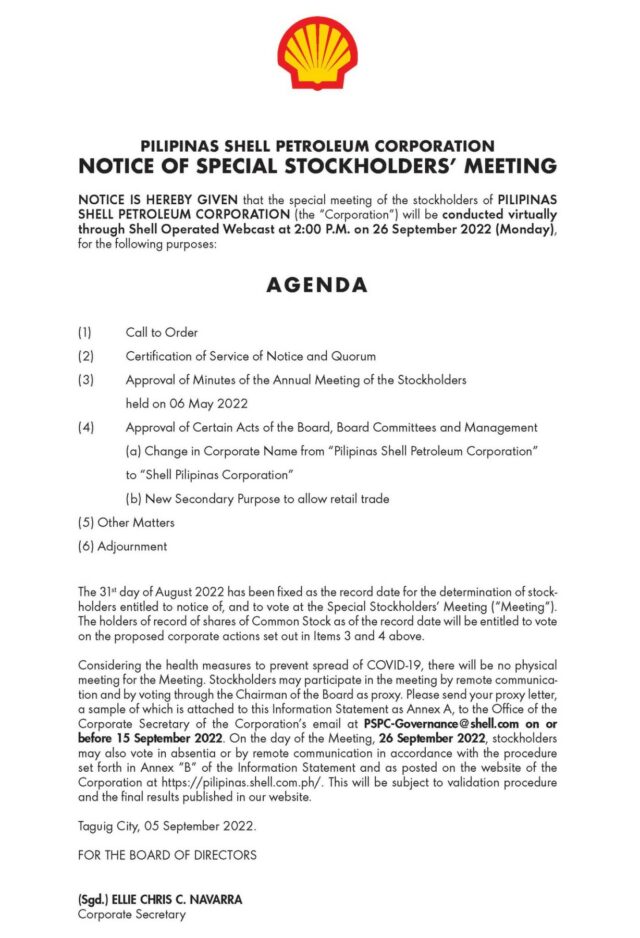
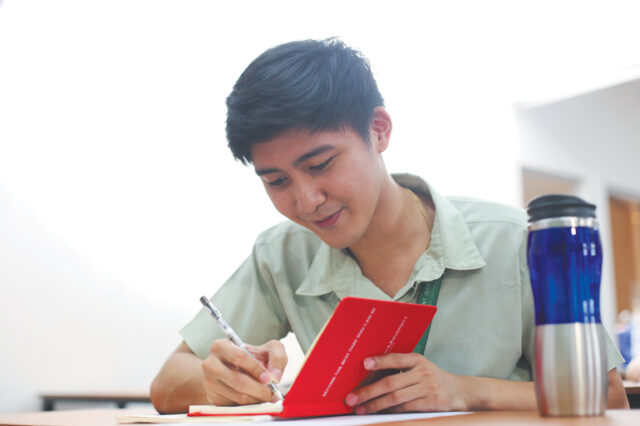
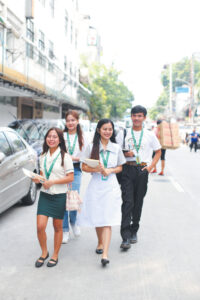 Supplementing these financial and academic interventions is the Student Success Program (SSP) which underscores the three mindsets, “I want, I can, and I belong.” The program has proved vital in guiding students through college and towards their first jobs.
Supplementing these financial and academic interventions is the Student Success Program (SSP) which underscores the three mindsets, “I want, I can, and I belong.” The program has proved vital in guiding students through college and towards their first jobs.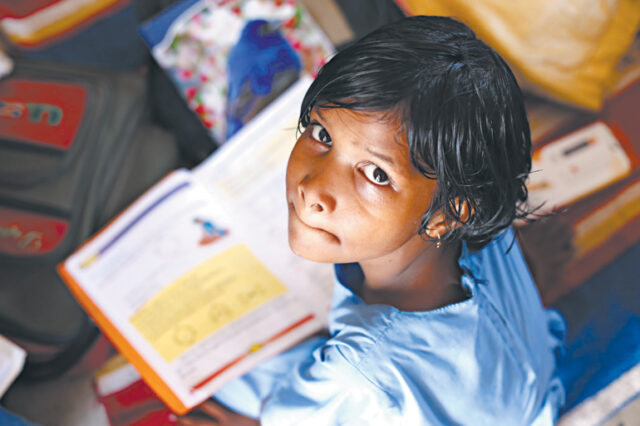
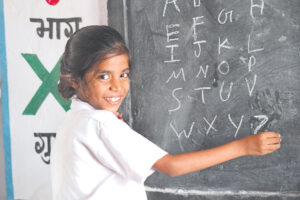 A report by the World Bank (WB) last year highlighted that the Philippines’ learning poverty — defined as the share of 10-year-old children who cannot read and understand a simple story — was estimated at 69.5% in 2019, based on Trends in International Mathematics and Science Study 2003 outcomes.
A report by the World Bank (WB) last year highlighted that the Philippines’ learning poverty — defined as the share of 10-year-old children who cannot read and understand a simple story — was estimated at 69.5% in 2019, based on Trends in International Mathematics and Science Study 2003 outcomes.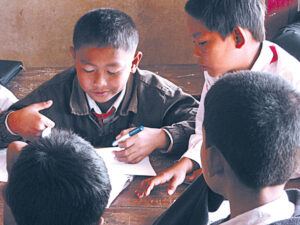 Strongly recognizing the struggles the country’s education system has been through, especially amid the pandemic, PBEd sees the need to immediately resolve the difficulties.
Strongly recognizing the struggles the country’s education system has been through, especially amid the pandemic, PBEd sees the need to immediately resolve the difficulties.